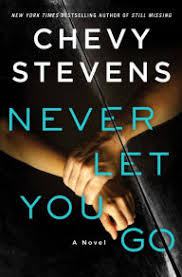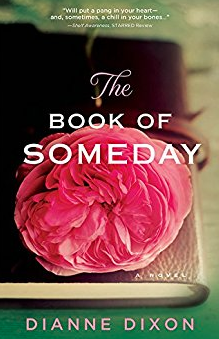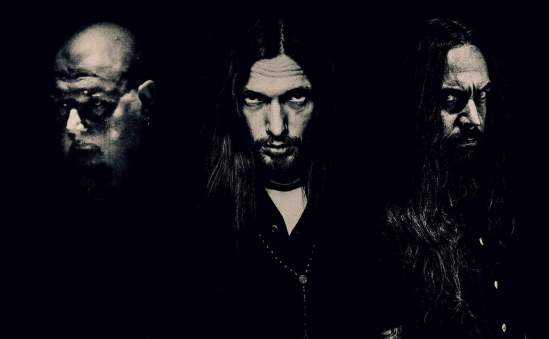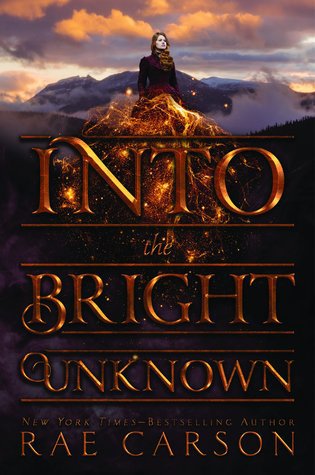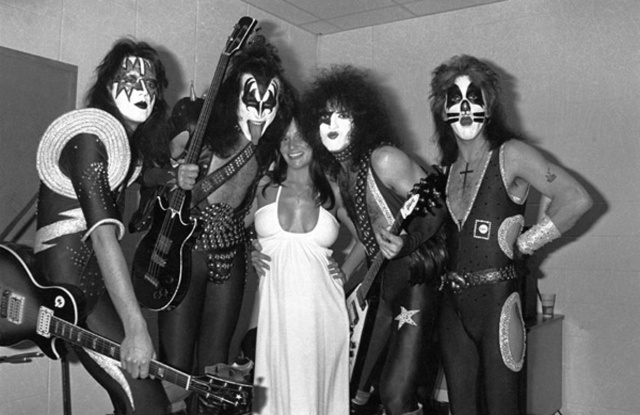What was Doctor Who in 2016? In the midst of one of the most tumultuous political years in recent history, between Brexit and Donald Trump and all the like, Doctor Who was a ghost. Not until Christmas did it return and make a light and fluffy statement that would define the approach the following year, crafting a safe space of recovery. But in the midst of that devastating year, the Doctor was silent.
However, in the shadows, some remarkable things happened. I have discussed before how perfectly fitting the spinoff series “Class” was at finding a space for Doctor Who in the midst of such a moment of political wounding. But there was one other series that fit distinctly in this moment, bridging the show through a year of chaos for the progressive world to the reparative show of 2017. Big Finish’s Doom Coalition.
This marks the beginning of a sixteen-part series breaking down the sixteen story-long saga released from late 2015 to early 2017, in connection with the current state of the televised show, world politics, and the series’ own internal themes. Each entry is likely to feature full spoilers for not only for the individual story discussed, but the arc as a whole, which was planned from the beginning with reprecussions criss-crossing forwards and backwards across its entirety.
Before touching on “The Eleven” as a narrative itself, it’s worth contextualizing the series. Doom Coalition was announced to follow up to the enormously successful Dark Eyes range, which elevated the Eighth Doctor to a particular prestige status within Big Finish storytelling. Even Steven Moffat hyped the set up, proclaiming that “Recently, on TV, we saw how the Paul McGann Doctor died – now it’s time to find out how he lived.” The set even got a special reference within the televised fiftieth anniversary celebrations, with new character Molly featured last as the Eighth Doctor listed his companions. In tandem with this new prestige status, Dark Eyes engaged with the new series in the most active manner yet, going as far as to cheekily name its opening story “The Great War“ in reference to both its World War I setting and the Time War. Dark Eyes was also tremendously flawed in ways worth noting — originally devised as a single box set narrative, it became the springboard for a sixteen part epic, extending the stories of titular character Molly O’Sullivan and her “retrogenitor particles” infused dark eyes long beyond small concerns like pacing and actor availability. Dark Eyes was at once a phenomenal success and a problematic series for how it came to terms with that.
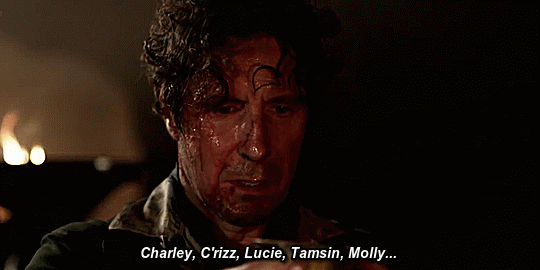
Doom Coalition exists in a place of having learned from that. For one thing, David Richardson and Ken Bentley, the producer and director, planned out the story ahead of time before having the “framework…fleshed out by a fantastic team of writers, and realised by a brilliant cast.” (This was a first for Big Finish, but linked, planned series are quickly becoming a regular staple.) As a result, unlike Dark Eyes, there is a distinct direction to the story, one which, on relisten, is apparent on a fundamental level to its basic fabric. “The Eleven” may be the beginning of a two year long journey through sixteen hours of audio, but every second of it glimmers with a promise of the direction to come. Furthermore, the engagement with the new series abandons all subtlety and becomes an explicit part of its text. A massive way this featured into pre-release buzz for the range was in the early announcement that River Song eventually would turn up, bringing an embodiment of the present era to life on audio. In fact, Doom Coalition is the one time since the wilderness years where Big Finish can really have a claim to being the cutting-edge, ongoing face of Doctor Who, with Doom Coalition featuring River in the aftermath of 2015’s “The Husbands of River Song,” continuing from the last televised story in the absence of any episodes. The range was, inevitably, set in a strong position to make it count.
All of which, of course, is getting ahead of “The Eleven,” but it’s all vital to understand “The Eleven.” Much as the titular Time Lord villain is a collection of various personalities through the lens of a single incarnation’s persona, Doom Coalition is a story of an ensemble that begins with a single microcosm, but with meaning resonating through the whole. Look at the structure of the sets, for example. Set one introduces the Eleven. Set two introduces an additional member of the Coalition, the Sonomancer. Set three introduces the Clocksmith. It is innately an ensemble series, just one that takes its time to introduce its pieces.
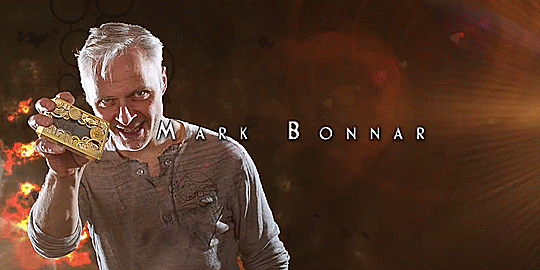
That explains various creative decisions that impact what “The Eleven” is. For example, the opening scene features not the Eighth Doctor, but the Seventh, widening the scope beyond the character of a single Doctor. And Helen Sinclair, a character who exists at the very core of the arc, is held off from introduction until the next story. So, for all intents and purposes, “The Eleven,” and much of the first set by extension, is hyper-focused on this single member of the ensemble. Matt Fitton uses this introductory script for a Hannibal Lecter-inspired, “Silence of the Lambs”–style story about the Eleven initially imprisoned and connecting with a curious academic. It is, above all else, focused on introducing his character.
So, before moving on to the other exciting elements of the episode, we have to pause and reflect on how the character works. It must be acknowledged, of course, that the character is a fairly problematic trope, deserving of the same debates entertainment like M. Night Shyamalan’s “Split” provoked. So-called “multiple personalities” are something of an old favorite mental health concept to sensationalize and demonize in fiction, and there’s a significant degree to which that does inform the character. Even the telltale misinformation of the genre sneaks in, the Eleven’s state being described at one point as “schizophrenic” when in fact schizophrenia can produce auditory hallucinations, but does not lead to a break in personality, that instead being the remit of dissociative identity disorder. But there’s also a degree to which effort is made. Just as much as “schizophrenic” is used, so is “dissociative state” and similar terms. Questions are raised as to trauma triggering such a state, true to the general understanding of the condition. And, if nothing else, the Eleven’s debates with the student, Kiana, give him the space to make it very clear his atrocities are utterly disconnected to his mental health, which is genuinely not something fiction does often enough.
The really effective aspects of the Eleven, however, lie under the surface. For one thing, the character functions remarkably well as a meta collapsed reflection of the Doctor. Perhaps the most unsubtle incident of that is in the Eight, the Eleven’s eighth self, being the “good” incarnation in which the collapse of divides between personas occurred. Not only does it parallel the implicit good with the lead Doctor for the range, but, more interestingly, it matches how the Eighth Doctor’s era functions, a collapse into the wilderness years, isolated between the classic series and the modern revival. The Eleven could perhaps be said to be an embodiment of the expanded universe as it lingers in the present day, in which all versions and eras can come together in utter collective chaos. If the Eleven and the One can talk at the same time from the same body, why not, say, have River Song and the Voord in the same release? Big Finish constantly puts out stories from every era, old and new entertwined. A look at the Big Finish website, really, with articles on latest releases like Eight meeting Nyssa or a “Zagreus” promotion, is a glimpse at the collapsed boundaries on the interior of the Eleven’s mind. For the expanded universe audience, every era is happening at once, all blossoming around the fracture in Doctor Who history that the Eighth Doctor stands at the center of. It’s little wonder the Eighth Doctor got to reclaim his ongoing Doctor Who status (via River) right as the televised show took a rest for its own wilderness year between Christmases. That’s what he exists for, and that’s the chaotic place Doom Coalition and the Eleven embody.
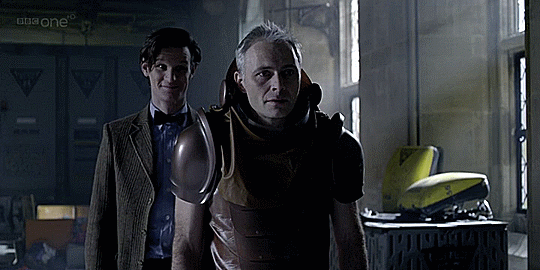
And, of course, the Eleven is not the main villain of Doom Coalition, but he’s on site throughout this story. I’m talking, of course, about Padrac, who is eventually revealed to have formed the Coalition. So, eventually, Doom Coalition stops being a Hannibal Lecter story and starts being “Suicide Squad.” Padrac makes his presence in the Eleven’s life quite overt even here, willfully volunteering to Liv that he’s the one who let an earlier incarnation into an interim role on the High Council, or protesting that the Eleven couldn’t have had an eye filter to escape because he searched him prior to imprisonment himself. The success of that serialized plotting helps to mitigate the problematic tropes of a dissociative villain– the Eleven, like the other Coalition members, and like Helen will later begin from in her own way, is an oppressed, underprivileged figure being used for his own uniqueness by a corrupt establishment. He is a victim and a pawn, and that makes his violent, chaotic actions infinitely more interesting.
Offset against this patriarchal order, of course, we get the seeds of the heroes of the range, primarily women. Liv, for her part, sparkles here. Take the early adventure with the Doctor on the spider god planet, in which when the Doctor’s tells her, “When I say run, run,” she ignores him, watches for a safe time, and then dashes off, telling the Doctor to leg it. It’s a subtle little inversion of the typical Doctor-companion dynamic, but one that goes miles to establish both Liv’s role within the arc and the general place of women in it. Liv in Doom Coalition is particularly often used to lampshade the Doctor’s expectations of companions, and she later serves as a mentor to Helen to do the same. She’s a proactive, competent, no-nonsense equal, or perhaps even better, to the Doctor, and that makes her shine. It’s no wonder she’s often introducing herself as also a doctor. Because she’s really there to make a statement about companions as an equal.
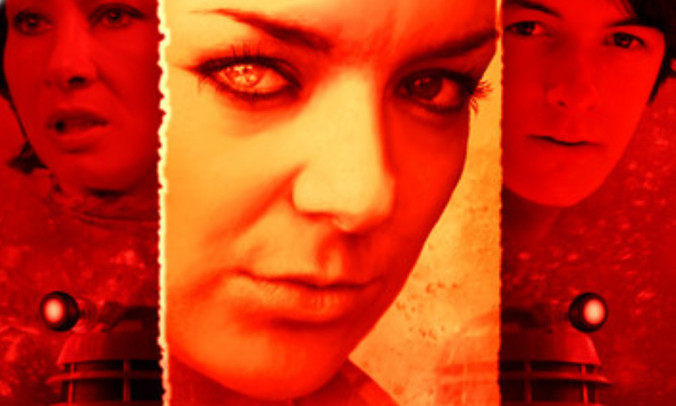
Helen, meanwhile, is absent, but a similar figure dominates the narrative space, that of Gallifreyan legal scholar Kiani. She’s utterly brilliant and brave and helpful, but spends most of the story locked up and questioned by the establishment, only to at the climax be sacrificed to the Eleven just to show off what he can do. As far as women in Doom Coalition go, her fate is easily one of the most unfortunate. The range, as a whole, is built thematically in pitting clever, capable women against oppressive systems, but here, just once, one gets totally snuffed out in the process. But, as a starting point, it’s absolutely vital. A woman, an academic, with so much more to offer, is snuffed out, not just by a man in power but by the narrative as a whole. The story itself becomes at fault for these crimes, a tendency to be fought. Not only does it create a starting point for the series to overcome with Helen’s subsequent introduction and survival, but it engages with a dominant issue for the Eighth Doctor audios, which had by 2015 become caught in a feedback loop of fridging. Dark Eyes, for its part, was stuck trying to process the multiple fridging drama of “To the Death,” an incident which has already been discussed by one of my colleagues elsewhere. This ultimately ended in a not unnefective but fairly cynical recreation of that tragedy with Molly also dying quite horribly at the climax to her range. Liv, however, lived, surviving fatal disease and finding, along with the Doctor, hope. And so, for one last time, we get an angry repitition of all that women have suffered at the Eighth Doctor’s side, to set the table for a story about moving beyond that.
“The Eleven” is merely a beginning, a glimpse of the tiniest possible picture of the range. But everything about it is built around developing toward what’s to come, and it’s no wonder why Matt Fitton became one of the two major Doom Coalition writers. At this story’s heart beats the earliest seeds of the radical, political, feminist narrative the range would become, all just waiting to explode forth as the story progresses. Humble beginnings, but full of promise.
Next entry in series.
Partager :